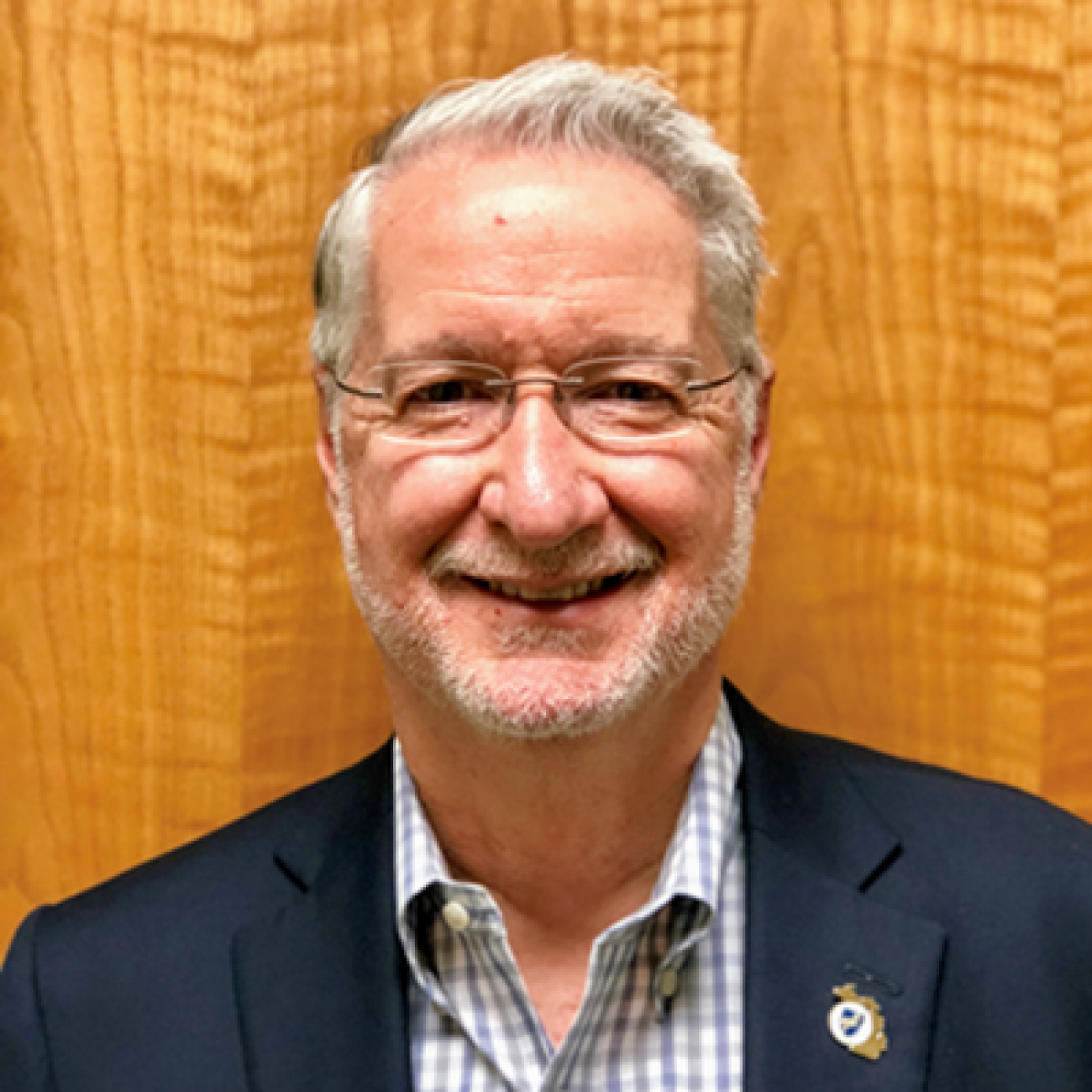Opinion | Michigan colleges should move online to help K-12 schools reopen


With so much attention being paid to whether or not we will be able to safely open PreK-12 schools for in-person instruction this fall, it’s easy to overlook the tens of thousands of students heading to our colleges and universities. This influx of students has the potential to increase the spread of the virus in our communities, including K-12 schools. We’ve seen universities like Michigan State justifiably shift course in recent days given the seriousness of the virus and we’d encourage others to follow suit.
It’s nothing new for our discussions of K-12 and higher education to occur in their respective silos, but the COVID-19 pandemic highlights just how interrelated they are. Educators at all levels know how important in-person instruction is, particularly for our youngest students and those with the greatest needs. Unfortunately, the continued spread of the virus means that a significant portion of Michigan students will not be returning to face-to-face education when the school year starts. We must work as a community to slow the spread of the virus so we can return to the classroom safely as soon as possible.
It should go without saying that all Michiganders should be wearing a mask, practicing social distancing, and generally doing our part to “crush the curve,” not least because reducing the infection rate is the most important factor in getting students back in our classrooms—which brings us to what’s going to happen in the next weeks and months on our college and university campuses. Many universities are reporting students signing up to live on campus in higher than expected numbers, with dorms projected at more than 70 percent capacity at University of Michigan-Ann Arbor. A similar proportion of students was expected at MSU, which decided that it was not safe to bring students to campus or hold in-person classes earlier this week.
Let’s be realistic about what this could look like in college towns this fall. While as an educator I wish that students were coming to campus because they really want to sit in our early-morning calculus class in person, we all know that going out and socializing with peers is also a major part of college life. Young healthy people appear less likely to develop the worst cases of COVID-19, which understandably shapes some people’s behavior. However, the fact remains that the more people intermingle with each other, the more the virus will spread. That means more vulnerable people will get sick, and will make it more difficult to reopen our schools for PreK-12 students.
Higher education should be accessible to all who seek it, and part of a college education comes from the experiences gained through campus life, particularly the way our institutions bring together people from across the country and world. And of course virtual learning is not the same as in-person classes. However, as the pandemic continues to grow, it's likely that bringing so many students to campus will cause community spread of the virus. The greatest burden will fall on those who are already more vulnerable, including people of color, those with existing medical conditions, and older staff.
And here’s the thing— higher education can work online. Faculty, staff and students made remarkably effective efforts to transition to remote learning this spring, and in general, college students are more capable of learning online than younger students.
Our colleges and universities can play many important roles in promoting public health. One important task is preventing potential hotspots on campuses by keeping most classes online and encouraging students to stay home. I acknowledge this requires asking current students to sacrifice a piece of their vision for what their college experience would be. Frankly, we will all need to make some sacrifices to get this virus under control and protect our communities.
As a state, we should be focused on bringing our infection rates down so that the students who need face-to-face education the most, including young children learning to read, special education students, and low-income students who receive essential services, are able to safely receive in-person education as soon as possible. We support returning to live classes and a vibrant campus community life in higher education when we can rest assured that the health of our students, faculty, staff and the surrounding communities will not be compromised by COVID-19. Until that point, we encourage all campus communities to prioritize public health and safety by moving online as much as possible.
See what new members are saying about why they donated to Bridge Michigan:
- “In order for this information to be accurate and unbiased it must be underwritten by its readers, not by special interests.” - Larry S.
- “Not many other media sources report on the topics Bridge does.” - Susan B.
- “Your journalism is outstanding and rare these days.” - Mark S.
If you want to ensure the future of nonpartisan, nonprofit Michigan journalism, please become a member today. You, too, will be asked why you donated and maybe we'll feature your quote next time!


